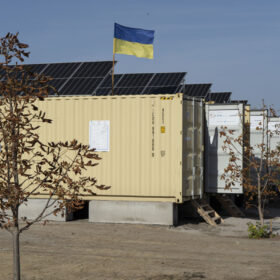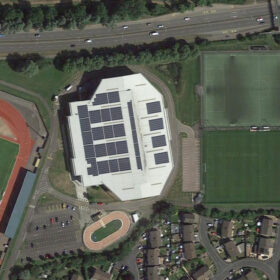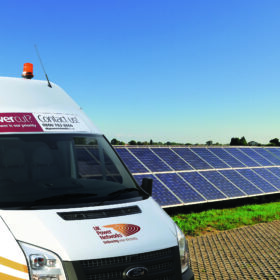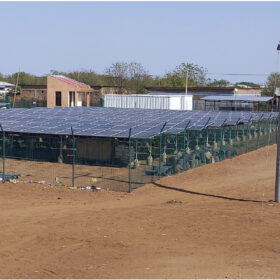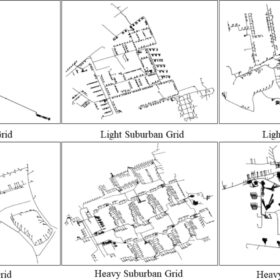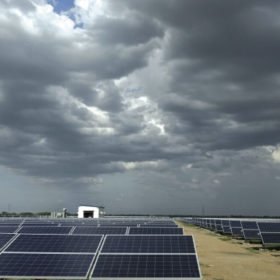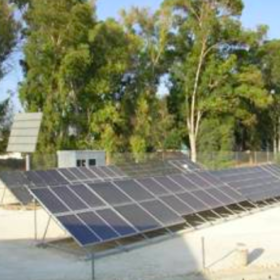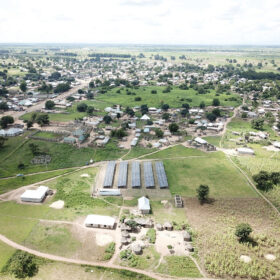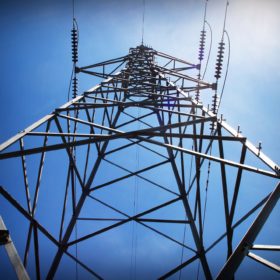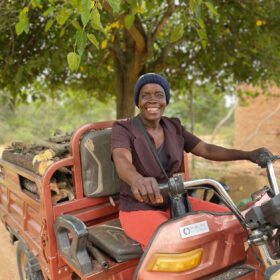German company installs PV-powered desalination plant in Ukraine
Germany’s Boreal Light says it has installed a desalination plant in Mykolaiv, Ukraine. It claims that the system – which uses 560 W solar modules to produce 125 cubic meters of clean water per hour – is Europe’s largest PV-powered desalination project.
Local authorities can lead net zero charge
With metropolitan-borough and city councils in England and Wales already driving decarbonization initiatives, local government bodies could do so much more if given adequate powers and funding.
UK Power Networks kicks off 850 MW flexible electricity tender
The UK’s largest transmission system operator, UK Power Networks, recently launched an 850 MW flexible electricity tender. The company’s Distribution System Operator’s head of flexibility markets, Alex Howard, tells pv magazine that the tender will manage demand growth and help get more renewable projects in a ‘big queue’ connected to the network.
Assessing non-linear tradeoffs in photovoltaic mini-grids
Researchers in Sweden investigated the complex non-linear tradeoffs between capacity expansion costs and reliability levels of off-grid PV mini-grids and found that capacity expansion based solely on cost-minimization may result in several reliability issues.
Suburban grids most vulnerable to high levels of EV, heat pump, PV
Researchers from the Netherlands have assessed the potential integration of heat pumps, electric vehicles, and PV systems into distribution grids. They have discovered that suburban grids could face a higher risk of overload. By using actual data from Dutch distribution grid operators, they believe their methodology could be applied to study energy systems in other nations.
Computer vision for solar forecasts
A scientific review of solar forecasting with computer vision and deep-learning tech identifies areas for improvement and calls for more collaboration between project developers and grid operators.
Cyprus starts first nanogrid project
The University of Cyprus and energy developer Ecotricity Holdings have jointly installed a nanogrid system for a single building in Cyprus. The aim is to minimize the site’s energy consumption costs and eliminate the power system’s carbon footprint.
The importance of solar mini-grids in universalizing energy access
In its latest monthly column for pv magazine, the International Solar Alliance (ISA) explains how to expand the deployment of mini-grids for electricity access, especially in less developed countries.
What can Western utilities learn from emerging-market peers?
While electric companies in the Global North wrestle with how to keep the lights on as ever bigger solar and wind park capacities come online, developing-world utilities are experimenting with new ways of working and transforming the relationship between themselves and millions of new customers.
Weekend Read: Planning a Hamba-lution
As the global North ponders e-mobility dilemmas such as how to source sufficient materials to meet electric car demand, fresh evidence has emerged of how solar can decarbonize transport and farming in Africa.
